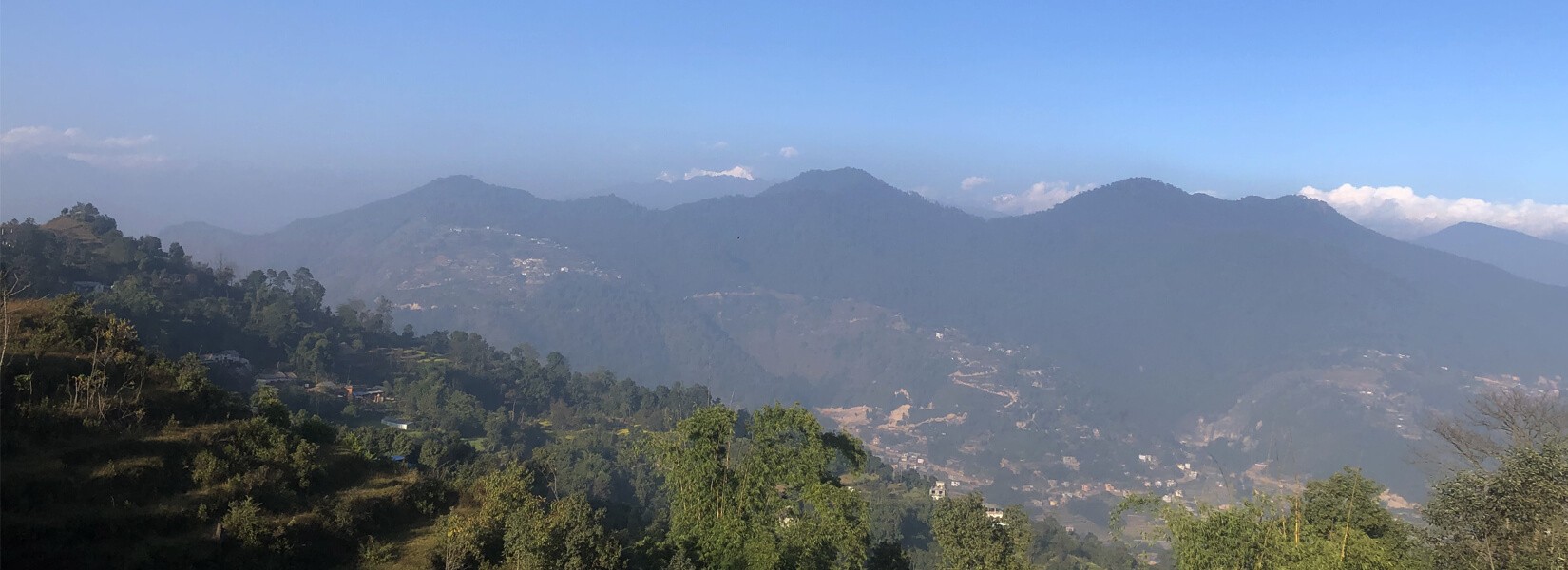When planning a trip to Nepal, the weather is particularly the most important things to keep in mind. Without a doubt, the weather will always be the influencing factor depending upon what to do and see. Nepal has four main seasons and several sub-seasons.
Autumn
Autumn is the peak tourist seasons which fall between September to late November. This season is just after the monsoon season so the air is dry and clear. The weather is stable, the temperature is moderate and skies tend to be clear in almost all part of Nepal. This is the perfect time for visiting Nepal. You can travel to northern Himalayas regions for trekking to Annapurna, Everest, Langtang etc, travel and hike in mid-lands; take a trip to Lumbini, Bardia or Chitwan in Terai region. White river rafting, paragliding, canyoning are best with dry weather
Spring
Late February to April is second busiest tourist season in Nepal. The climate starts cold but climbs steadily in proceeding months and weather tends to be more stable. The flowers in the valley begin to bloom, the trails are more crowded. The skies can be a bit hazy at times so the mountain views will be lessened in the distance. Yet, it the best season for jungle safari for wildlife watching, micro flights, rafting and many more adventurous activities.
Winter
December, January and February are cold winter months of Nepal. The weather at higher elevations is cold with heavy snowfall. It doesn’t snow in non-trekking cities in Nepal but morning and night are freezing cold. The lower Himalayan foothills are perfect in winter for trekking and hiking and so are the jungles of Chitwan and Bardia for wildlife watching.
Summer Monsoon
May to late August, is the summer and rainy season of Nepal. It brings hot, humid weather with cloudy skies and rain. Rains are heavier and flooding and landslides are a serious issue at this time of year and travel to remote areas should be avoided if possible. Choose a trek in the “rain shadow” of the Himalaya at this time of year, such as Upper Mustang, Manang, Upper Dolpo or Nar Phu Valley trek.
One more important aspect to keep in mind is climate change. Over the past few years, some of Nepali’s seasons have started earlier than expected and ended soon than they have in the past.
